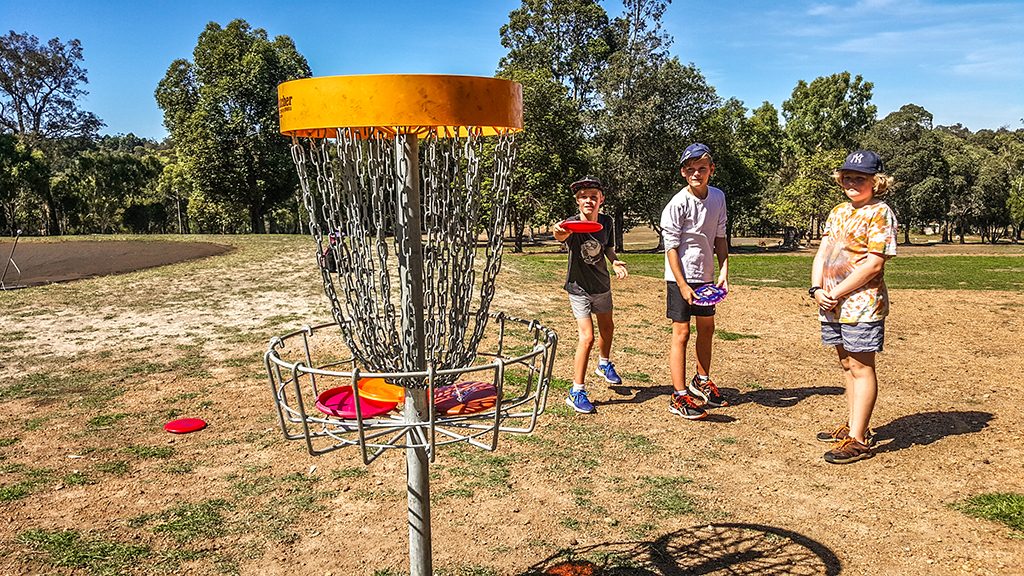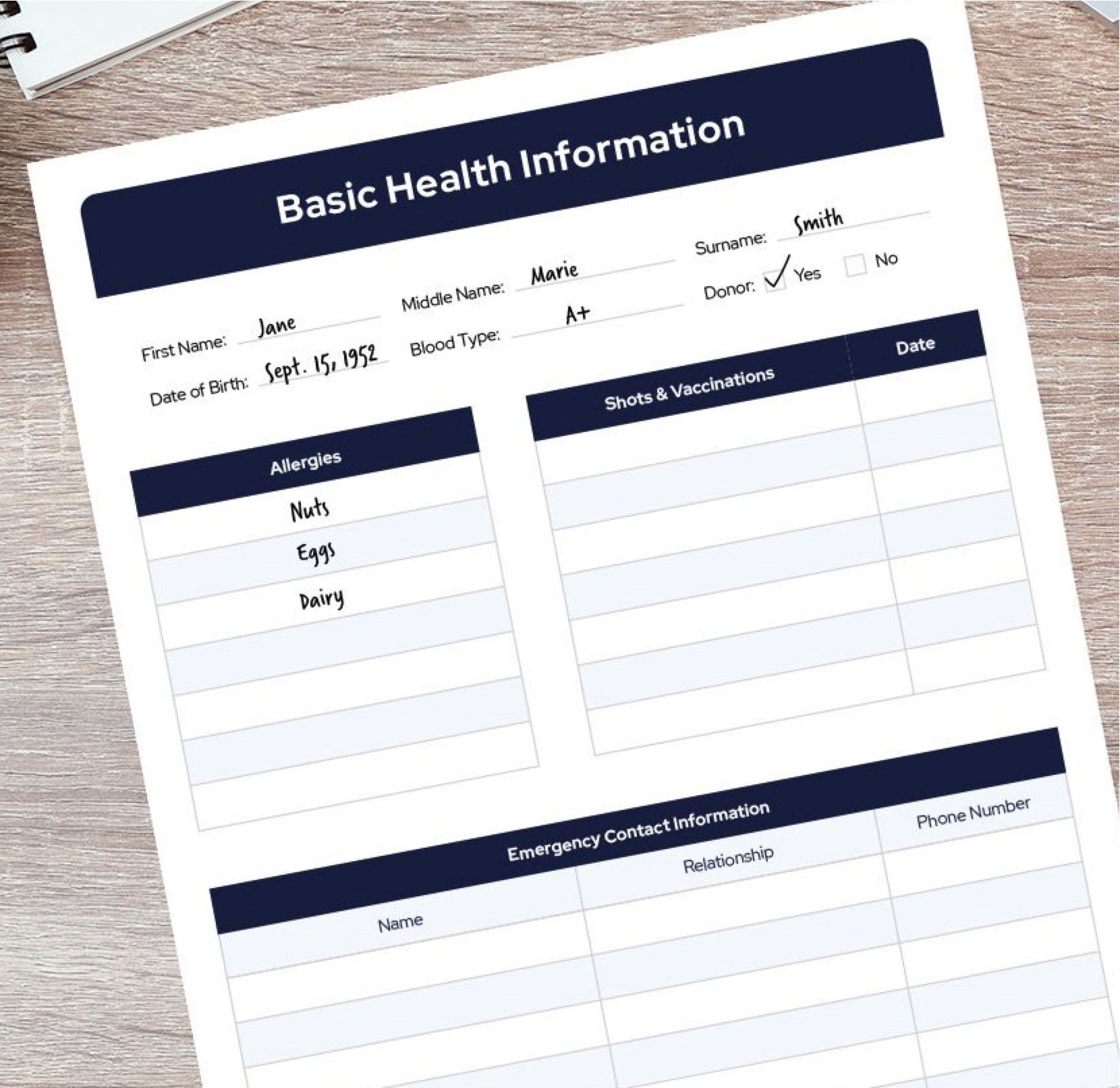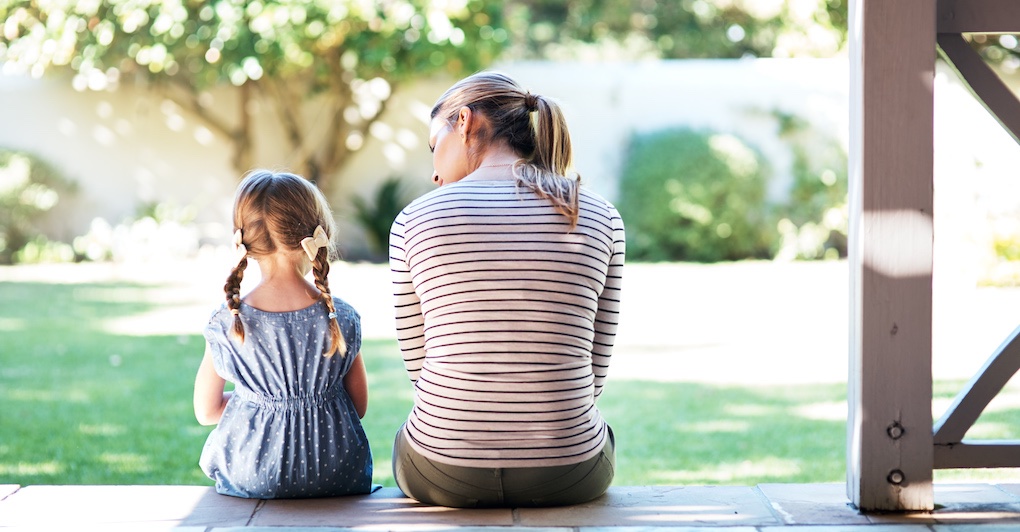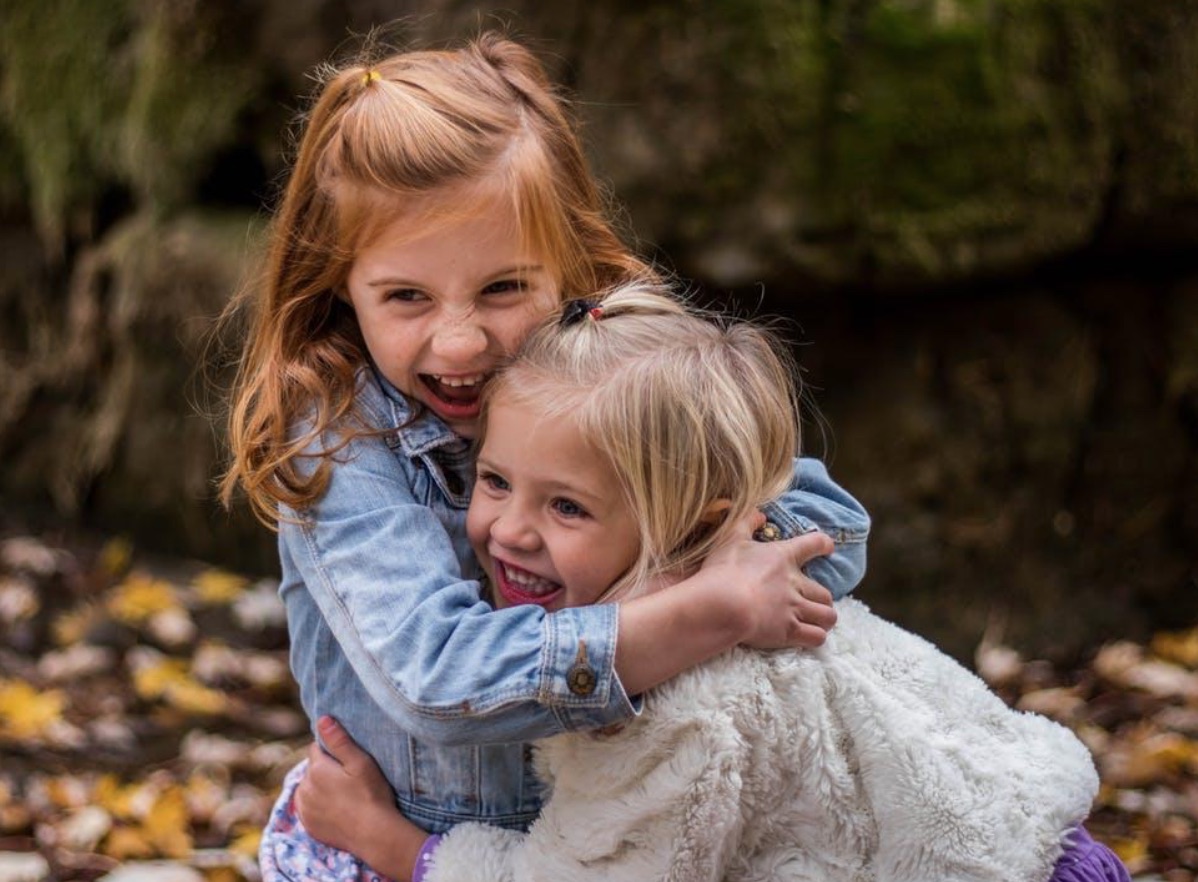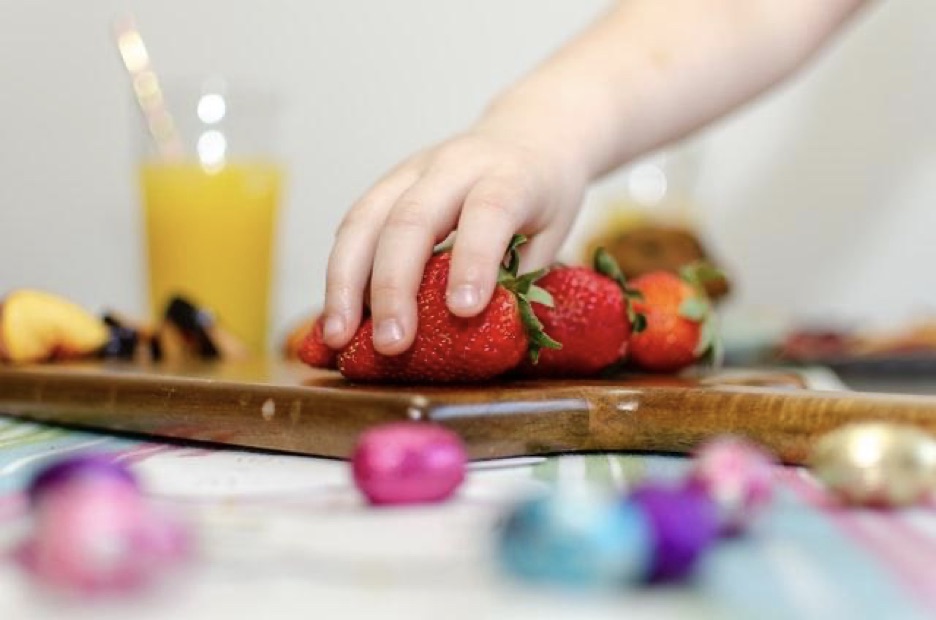
Image Source: Pixabay
How to Help Students Develop Emotional Intelligence by Amanda Winstead< promotes the idea that all teachers can help students become more emotionally intelligent (EI) and teach their specific content at the same time. Since EI may not be taught at home, it’s vital that all school personal look for opportunities to help students with this vital skill.
Students can learn a lot in an educational setting. For example, they can develop technical skills like math or computer literacy and learn about language, writing, world history, and health. But what might be more important is the learning that takes place without of books.
Students can learn about themselves and grow personally in the classroom too. There are so many opportunities to develop emotional intelligence (EI), in particular. Something so critical in having healthy relationships and a thriving future. Before we get into the importance of developing EI in the classroom and tips for helping your students do so, let’s define EI properly.
What Is Emotional Intelligence?
Very Well Mind defines emotional intelligence as “the ability to perceive, interpret, demonstrate, control, evaluate, and use emotions to communicate with and relate to others effectively and constructively.”
You could add to this definition by being aware, in control of, and able to communicate your emotions. Some examples of what an emotionally intelligent person does are:
Actively listens
Offers forgiveness
Practices self-control
Shows empathy to others
Showers themself with love
Takes ownership of their mistakes
Understands their strengths and weaknesses
Why Is It Critical to Develop EI in the Classroom?
Helping students develop EI in the classroom is critical because they spend a lot of time at school. And there are so many situations that arise in the classroom that are great opportunities for a lesson in EI. You can help them take advantage of each one.
Unfortunately, many students don’t have someone teaching them about EI at home. Their teachers, coaches, counselors, and other support persons outside the house may be the only people they can look to for that. Having education personnel on board to guide students through EI is crucial.

Image Source: Pixabay
Strategies for Developing EI in the Classroom
EI can help students evolve and live productive lives now and in adulthood. The more people in their life that can teach them about their emotions, how to accept and process them, and do the same with others, the better. The following strategies will help you assist your students in better processing their emotions and developing EI.
Practice patience and empathy at all times. When you’re trying to teach students EI, the last thing you want to do is show them that you aren’t. Stay cool and positive at all times. More importantly, practice patience and empathy.
Patience and empathy are critical when working with kids. Unfortunately, they will sometimes do the most frustrating, confusing, and inappropriate things, especially if they don’t know how to process and communicate their emotions.
Getting frustrated quickly, yelling at them, and punishing them will only push them away. And you’ll never have a chance to get through to them then. Instead, stay calm and have a conversation with them. See things from their point of view and be patient enough to let the conversation unfold without force.
Actively listen
Aside from patience and empathy, actively listening to your students is crucial, too. To perceive, interpret, demonstrate, control, evaluate, and use emotions to communicate with and relate to others, as Very Well Mind’s definition suggests, you must actively listen.
So, show your students how to do this by demonstrating it in every interaction. When they’re talking to you, listen without distraction and ask thoughtful follow-up questions for clarity. Leave your students feeling heard, and they’ll be on track to do it for others.
Help students work through their emotions
There are so many opportunities to teach EI at school that you won’t be able to be there for everyone. However, if you’re with a student and a situation arises that provokes emotion, do your best to help them navigate their feelings while they’re happening.
For example, let’s say a student gets into a verbal argument with another student. They’re visibly angry, and you know it’s an excellent time to teach them how to acknowledge their anger, process it, and move forward.
First, take the student to a quiet space or another room to help them recenter themself. When they’re a bit calmer, ask them to identify their emotions. Flesh out what they’re feeling and what prompted those feelings at the most comfortable pace for the student. Make sure you also let them know it’s okay to feel anger.
Then, offer coping mechanisms like breathing exercises, mindfulness practices, or journaling. You could even do “anger” worksheets with them to further the lesson on what anger is and how to best move through it.
It’s all about catching intense emotional experiences live and helping students through as many as possible.
Help students develop a better relationship with themselves. True EI requires self-awareness and self-management. You must understand your emotions, what triggers them, and the best way to cope with them based on who you are. Your students have to do the same. Help them develop self-awareness and self-management by encouraging them to have a better relationship with themself. You can do this by:
Encouraging confidence
Promoting individualism
Taking your students on field trips
Asking for their help on projects made for their skillset
Helping them work on their physical and mental health
Motivating them to join a sport or extracurricular activity
Opening the lines of communication so they can talk with you when they need to
All students can benefit from developing EI. Doing so will give them a chance for a flourishing future, healthy relationships, and unwavering love for themself. Do your part in helping them grow EI by implementing the strategies above.
Amanda Winstead
Amanda is a freelance writer out of Portland, focusing on many topics, including educational technology. Along with writing, she enjoys traveling, reading, working out, and going to concerts. If you want to follow her writing journey or even just say hi, you can find her on Twitter.








